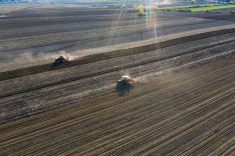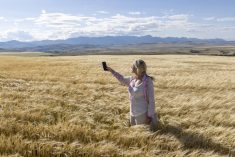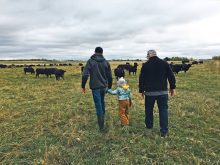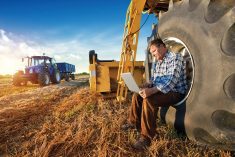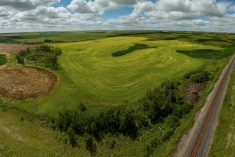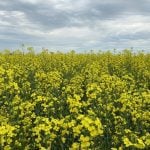A new feature in Farm Credit Canada’s FCC AgExpert software suite aims to help farmers track and manage sustainability metrics more easily.
“We’re making an assumption sustainability isn’t going away,” said Bryan Prystupa, senior product owner for FCC AgExpert. “If we focus on the value we can deliver for the farmer, that’s all that matters.”
Prystupa was talking about AgExpert’s new feature at Manitoba Ag Days in Brandon in January.
Read Also
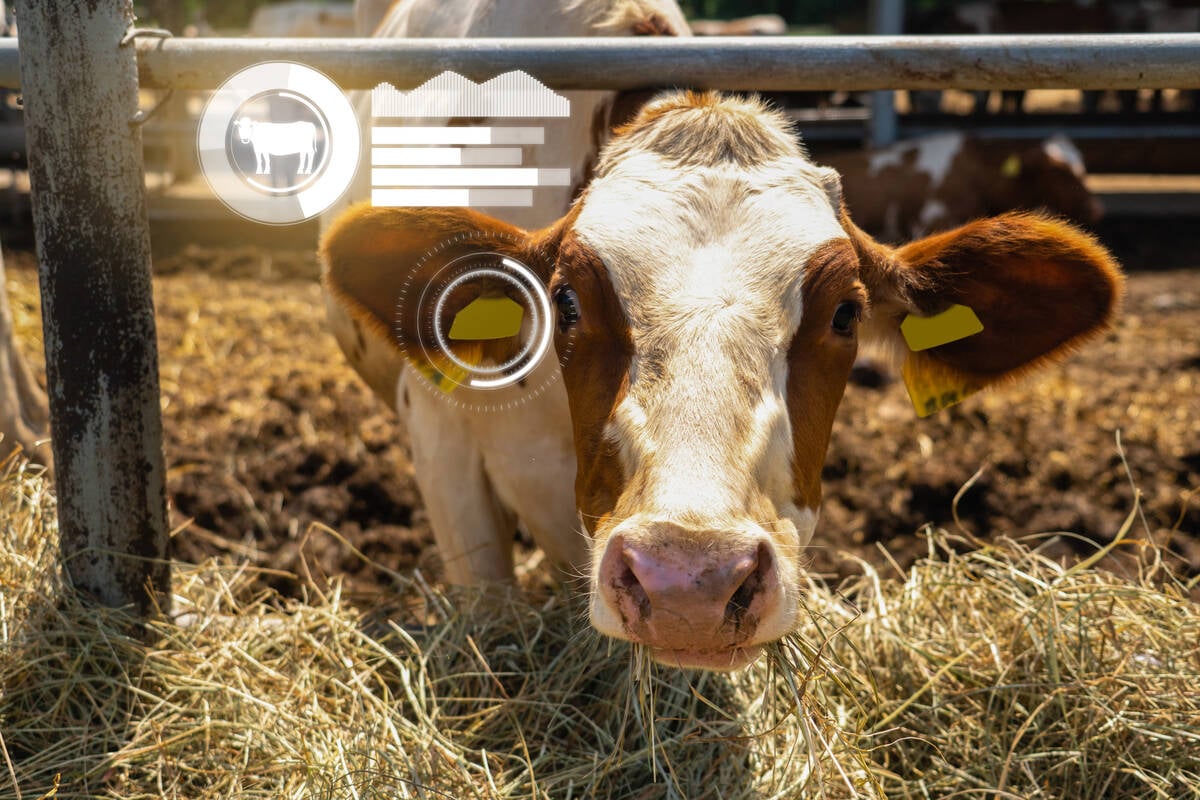
Cows in the cloud
Beef cattle herd management software has become an essential tool over 15 years for Lonesome Dove Ranch in Saskatchewan.
AgExpert consists of two related software products. AgExpert Accounting, which Prystupa describes as similar to QuickBooks but less expensive and built specifically for Canadian agriculture, handles farm bookkeeping and financial management. AgExpert Field is a record-keeping tool that tracks information like fields, boundaries, yield data, and all of the relevant farm activities to help calculate production costs. The sustainability tool is an option that was recently added to AgExpert Field.
Using data already captured
The tool uses existing production data captured in AgExpert Field to generate reports on a farm’s net carbon footprint. “It can estimate the carbon my farm sequestered last year and the history of my soil organic carbon going as far back as 40 years, all with two clicks,” Prystupa says.
He stresses that greenhouse gas emissions are only part of the equation.
“It was very important for us to also measure the carbon sequestration getting pumped into the dirt, the soil organic carbon, thanks to the crops and pastureland.”
Prystupa says AgExpert made certain the sustainability feature is non-judgmental. It won’t tell a farmer that they need to do better. “We are neutral,” he says, adding that the feature is also optional. “If there’s interest by a user, great — and if there isn’t, no sweat either.”
Working closely with farmers
The approach for developing the sustainability feature saw AgExpert working closely with farmers to help them measure their historical practices and capture the sustainability of their operation, rather than focusing on what farmers need to do differently.
The process involved meeting with farmers across Canada via AgExpert’s farmer sounding board. Prystupa says this consultative approach is something AgExpert leans on heavily for product development and a lot can be learned from the process.
Some of the important lessons from this round of consultations, for example, were that AgExpert needs to deliver financial and agronomic value in a user-friendly, easy-to-understand manner for farmers to buy into what the program offers.
“We are in the business of making data make sense so that our customers can make more informed decisions for their business,” he said. “We set out to use common language terminology and definitions in the build that we do.”
Another important lesson was the value that farmers see in benchmarking.
“Comparing a farm’s own numbers is one thing, but comparing their data with their peers’ to see how they stack up was something that this farmer group asked for,” said Prystupa.

By comparing data with farms that have similar crops, weather, and soil types, farmers can assess and validate their management practices. This benchmarking tool is a first for AgExpert, and it leverages anonymous, aggregated data to give farmers additional context to see how they fit into the big picture.
Error correction
The tool also helps protect against human error or working in conditions that aren’t ideal for data collection. Prystupa used the example of a farmer importing field data from their technology-enabled equipment. “If you’re racing against the weather, there may not be the time to enter the right application details on the console, and it may never get corrected in their application,” he said. “Fortunately, we have built in the smarts to detect that as Canada’s ag data ecosystem.”
The feature will flag any issues with fields, boundaries or activities, and users can correct it by clicking through suggested changes.
Farmers can access AgExpert Sustainability reports covering five years, 10 years or the farm’s full history to help understand the role their different crop varieties, activities and weather can have. The reports show the net footprint for the farm and the total amount of carbon sequestered less CO2 emissions. It will also list the nitrous oxide (N2O) emissions and estimate methane emissions. In addition, there is a “quick glance” report that helps summarize all major data outputs onto one page.
Future developments
Prystupa says the demonstration of the sustainability feature at Ag Days wasn’t intended to launch the product, but to give a preview of what’s coming for this growing season. While the sustainability extension of AgExpert is available in current builds of AgExpert Field, the feature is still under development. One area still receiving finishing touches is the livestock module.
The livestock module may use the advanced inventory feature in AgExpert Accounting and could also tie in with existing herd management tools.
Prystupa points out that as with broadacre crops, carbon sequestration is an important part of the sustainability story for livestock producers.
“This tool will be available for producers to start getting an estimate of their farm’s sustainability footprint,” he says. “It will account for their CO2, N2O, and methane emissions, and of course, the carbon balance with what is being sequestered.”
“The vision is to help users do impact analysis on weather events, like significant moisture levels or what happens if their crops are impacted by hail or drought,” Prystupa says. “It will assess different crops (planting more canola or more wheat, for example), or even the cost-benefit of new machinery before making some of those significant capital investments.”





